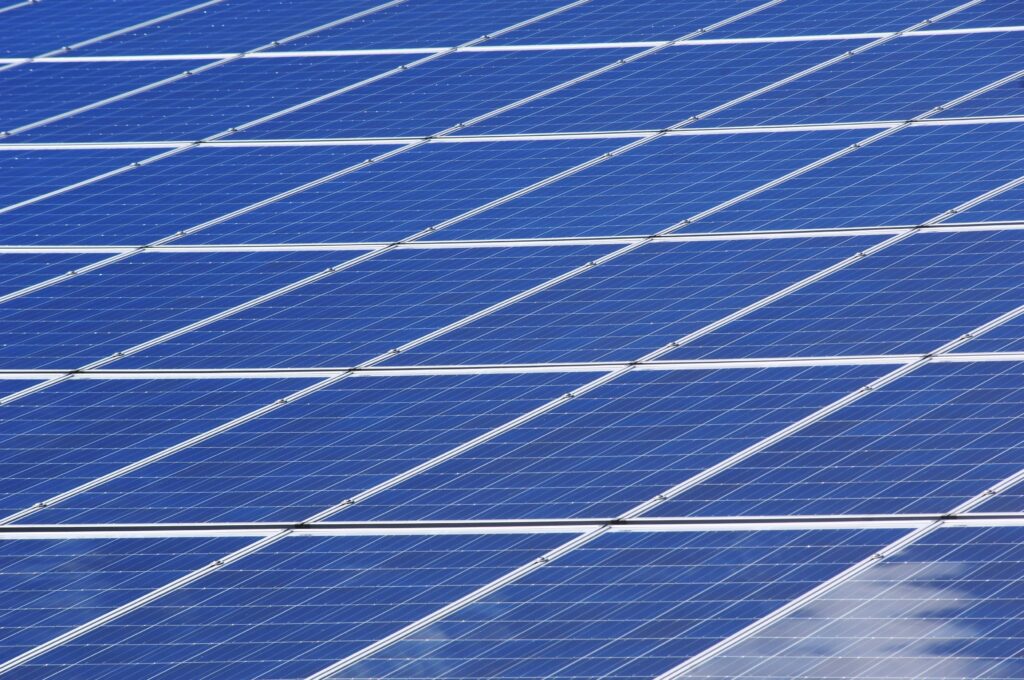"Unlocking the Full Potential of Solar Power"
Introduction
In the quest for sustainable and renewable energy sources, solar power emerges as a frontrunner, offering a clean and abundant source of electricity. With the advancements in technology and increasing environmental concerns, solar power presents a promising solution to our energy needs. This blog will explore the various aspects of solar power, from its fundamental principles to its practical applications, unlocking its full potential for a brighter and greener future.
Understanding Solar Power
Harnessing the Power of the Sun
Solar power, also known as solar energy, is generated by capturing sunlight and converting it into electricity using photovoltaic (PV) panels or solar thermal systems. Photovoltaic panels, made of semiconductor materials like silicon, directly convert sunlight into electricity through the photovoltaic effect. Solar thermal systems, on the other hand, use mirrors or lenses to concentrate sunlight onto a small area, generating heat that can then be used to produce electricity or heat water.
Advantages of Solar Power
1. Renewable: Solar power is an abundant and renewable energy source, with the sun providing an almost limitless supply of energy.
2. Clean Energy: Unlike fossil fuels, solar power generates electricity without emitting harmful greenhouse gases or pollutants, making it an environmentally friendly option.
3. Cost-Effective: While the initial investment in solar power systems can be significant, the long-term savings on electricity bills and potential incentives can make it a cost-effective solution.
4. Energy Independence: Solar power allows individuals and communities to generate their own electricity, reducing reliance on external energy sources and promoting energy independence.
Practical Applications of Solar Power
Residential Solar Power Systems
Residential solar power systems, installed on rooftops or in backyard solar farms, allow homeowners to generate their own electricity for household use. These systems typically consist of solar panels, inverters, and mounting equipment, and can significantly reduce electricity bills while increasing property value.
Commercial and Industrial Solar Installations
Commercial and industrial facilities can also benefit from solar power installations, reducing operating costs and demonstrating a commitment to sustainability. Large-scale solar arrays can be installed on rooftops, parking lots, or vacant land, providing a renewable source of energy for businesses and organizations.
Off-Grid Solar Solutions
In remote or off-grid areas where access to traditional electricity infrastructure is limited, off-grid solar solutions offer a practical alternative. These systems, equipped with batteries for energy storage, can provide reliable electricity for homes, schools, healthcare facilities, and other essential services.
Maximizing the Benefits of Solar Power
Energy Efficiency Measures
Before investing in solar power systems, it’s essential to maximize energy efficiency to minimize electricity consumption. Simple measures such as installing energy-efficient appliances, improving insulation, and sealing air leaks can significantly reduce energy demand, making solar power systems more cost-effective.
Net Metering and Incentives
Many regions offer net metering programs that allow solar power system owners to sell excess electricity back to the grid, offsetting the cost of electricity consumed during periods of low sunlight. Additionally, government incentives, tax credits, and rebates can further reduce the upfront cost of solar power installations, making them more accessible to a wider range of consumers.
Technological Advancements
Ongoing advancements in solar panel technology, such as increased efficiency and durability, are driving down the cost of solar power systems and improving their performance. Innovations in energy storage, such as lithium-ion batteries and flow batteries, are also making solar power more reliable and versatile, enabling greater integration with existing energy infrastructure.
Conclusion
Solar power holds immense potential as a clean, renewable, and sustainable energy source for the future. By harnessing the power of the sun, we can reduce our reliance on fossil fuels, mitigate climate change, and create a more resilient and sustainable energy system. From residential rooftop installations to large-scale solar farms, the possibilities for solar power are endless.
As we unlock the full potential of solar power through technological innovation, policy support, and public awareness, we can transition towards a cleaner, greener, and more sustainable energy future. By embracing solar power, we not only reduce our environmental impact but also create economic opportunities, enhance energy security, and improve the quality of life for present and future generations.
Solar power is not just a technology; it’s a solution—a solution to our energy challenges, a solution to climate change, and a solution to building a more sustainable and equitable world. Let’s harness the power of the sun and unlock its full potential for the benefit of all.


